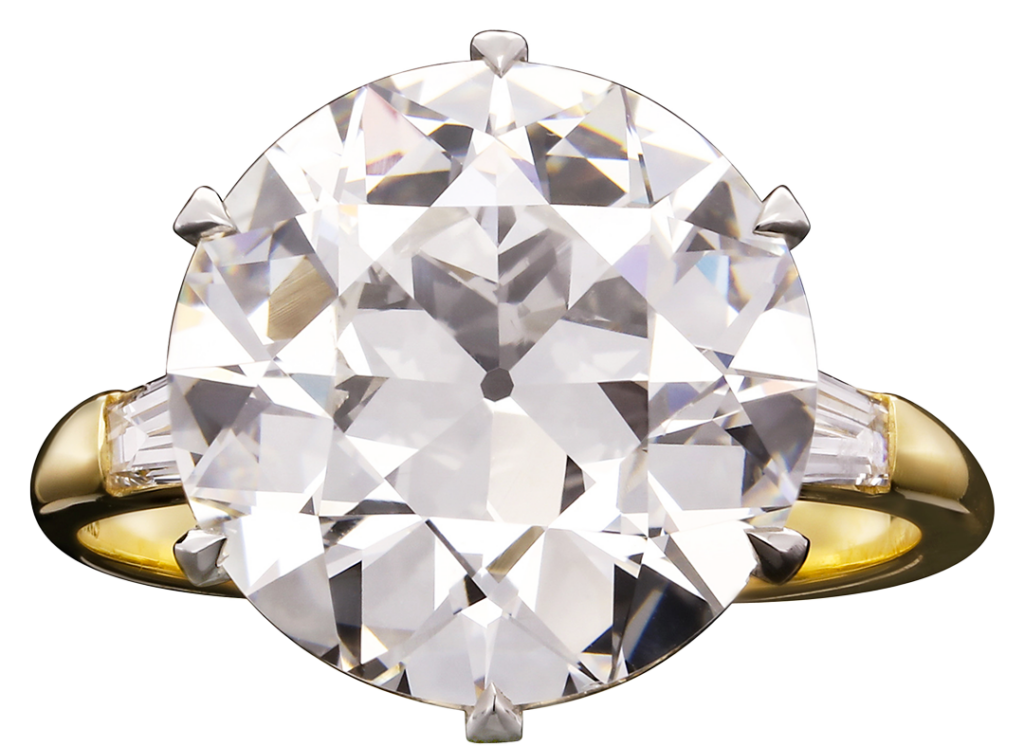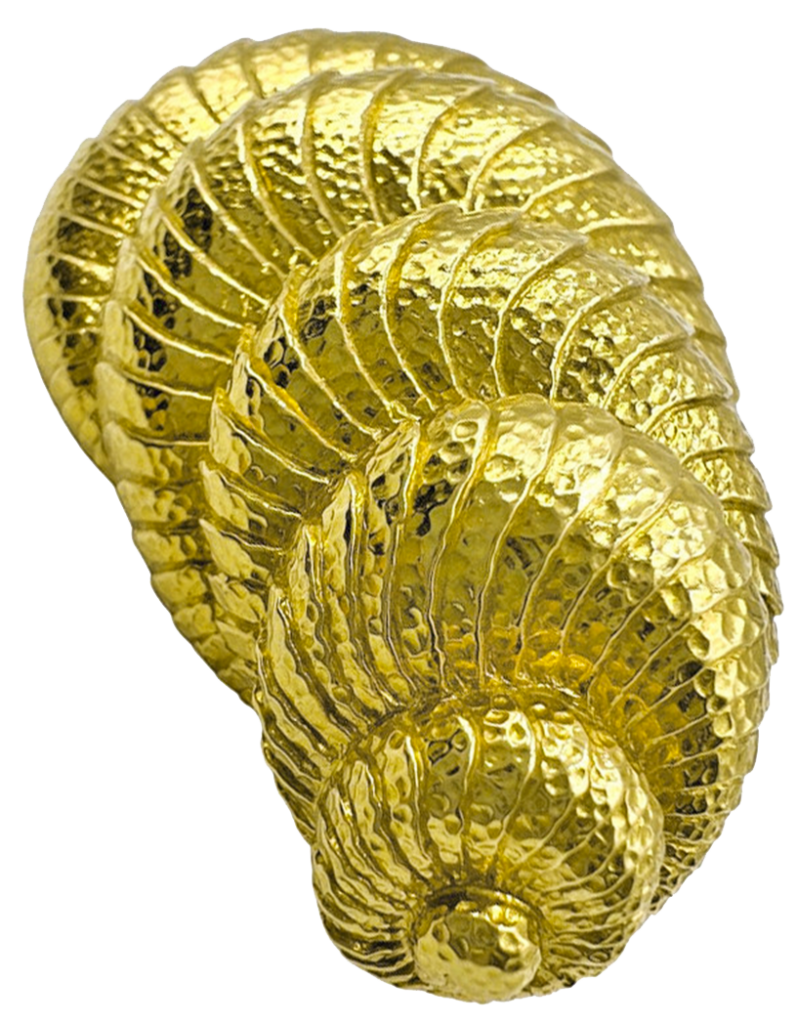When you’re looking at a piece of jewelry the words “carat” and “karat” will always come up. So what do they mean? Both are units of measurement. Carats refer to the weight of a gemstone or diamond, while karat refers to the gold content in a piece of jewelry.
Carats Measure Gem Weight

Carats came about in the ancient world when gem dealers used carob beans to weigh stones. Carobs were used because they were fairly similar in size and weight. Now with modern equipment carat weights can be more accurately measured. One carat equals 200 milligrams and is divided into 100 “points” as a way of measuring stones that are not exactly one-carat.
If a jeweler tells you that a gemstone is .25 points, that means that the gem is ¼ of a carat, .50 points is ½ a carat and .75 points is ¾ of a carat. When gems don’t fall neatly into those sizes, then points give a more accurate measurement of weight. If a gem is .90 carats, you know that it is just under a carat. If a gem weighs more than a carat it will be written as 1.63-carats, for example, meaning the stone is 1 carat plus .63 points.
Karats Mean Gold Purity
Karat measures the purity of gold in a piece. Pure gold, or 24-karat gold, is very soft and malleable and is not used in jewelry as it would not stand up to daily wear. Instead, gold is alloyed, which means it is mixed with other metals, to make it stronger.
You’re probably used to seeing 14-karat or 18-karat stamped on a piece of jewelry. The starting point for mixing alloys is 24-karats or pure gold, when another metal is added it changes the purity of the gold. So if a piece is stamped 18-karat gold, that means that it is 18 out of 24 parts gold and 6 parts alloy, 14-karat means 14 out of 24 parts are gold and 10 parts are alloy.
There is also 22-karat gold which is very high gold content and is usually favored in Asian countries. On the other side, 10-karat gold can also be found, but not often. In antique jewelry you will also find 15-karat gold which was used in England.

What is an alloy made of? Different metals are used to make an alloy. Copper, silver, palladium, manganese and/or nickel. The amount of alloy used will affect the color of the gold. When you compare 18-karat yellow gold to 14-karat yellow gold, you will see a big difference in the color. The higher karat gold will have a richer, deeper yellow color, while the lesser karat gold will be lighter in color.
Sometimes, carat with a “c”, is used to reference gold karatage and is considered correct, although it can be confusing.
Alloys Turn Gold Pink or White

Alloys can also be used to create white or rose gold, also called pink gold. Both pink and white gold will be either 14-karat or 18-karat gold. Rose gold with its warm and flattering to any skin tone hue, is created by mixing copper with yellow gold. The color is sometimes made lighter by adding a little silver into the mix.

White gold is created by mixing yellow gold with silver, palladium, manganese or nickel. Nickel is not used much since many people are allergic to it. Once the white metals have been mixed with the yellow gold, it will still be a creamy color with a grayish undertone. To get the bright shiny white finish that we are used to seeing, the gold is rhodium plated. Rhodium is a metal in the platinum family and it’s very durable. With rings, over time it may wear away and you will need to get your jewelry freshened up. A rhodium dip is pretty easy. Your jewel is held in tongs and the piece is then dipped into a container of liquid rhodium for a very short time (seconds). When the procedure is done, your piece will look as new as when you first purchased the item.
How do you decide which color gold is best for you? You may be drawn to the rich color of yellow gold, the warmth of rose gold, or the sleek tones of white gold. Select the color that you like best or that looks best with your skin tone. But here’s the good news… you don’t have to pick just one, you can have pieces in all three gold colors that you can wear separately or together. The choice is yours.
Featured image (top of page): 14-karat gold leaf motif ring highlights a one-carat opal accented with diamonds, courtesy Roman Malakov Diamonds Ltd. (@romanmalakovdiamonds).
Authored by Amber Michelle

